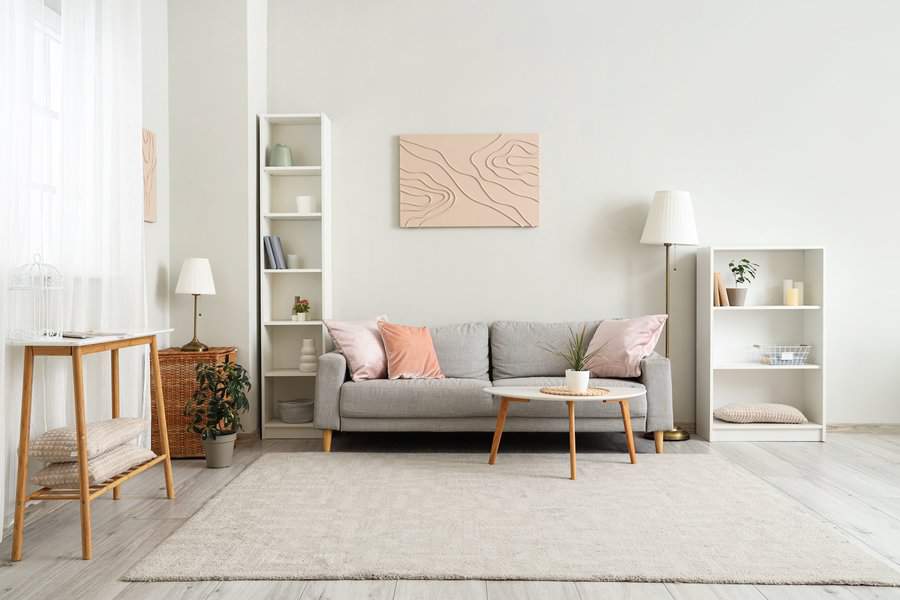
Minimalist Home Design Ideas for Every Space
In a world overflowing with distractions and excess, the allure of minimalist living has never been more compelling. Embracing minimalism is a lifestyle choice that invites clarity and calm into your home. From the cozy embrace of a simplified living room to the tranquility of a streamlined kitchen, this guide will unveil practical tips and innovative ideas to help you create a minimalist haven.
1. Organize Efficiently
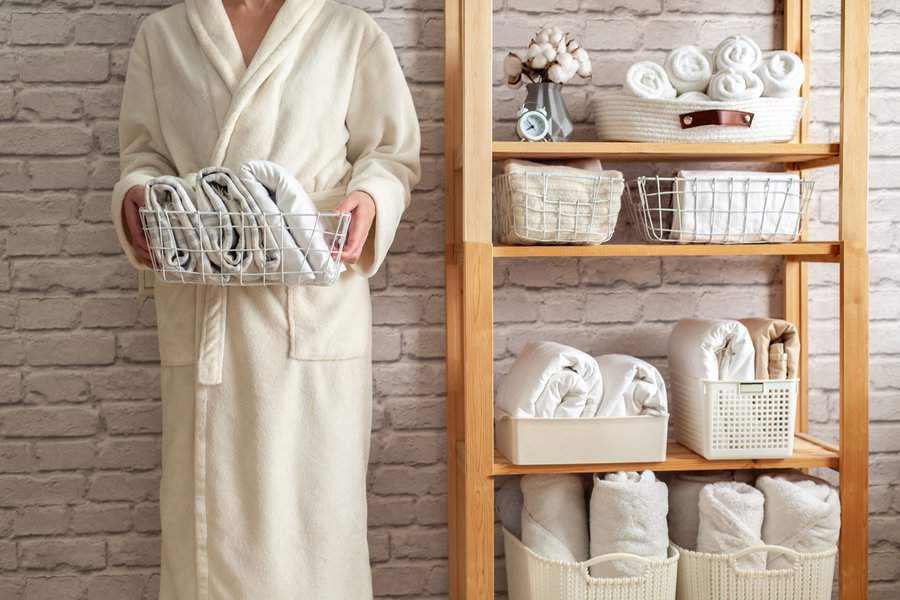


Efficient organization is crucial for a minimalist lifestyle. Begin by categorizing your belongings into essentials and non-essentials. Use storage solutions like baskets or clear bins to help you visualize what you own. Label each container for easy identification. Regularly reassess your items to keep only those that serve a purpose or bring joy. When going through your clothes, remove items you haven’t worn in the past year and arrange your remaining clothes by type or color for easy access. Invest in quality, versatile pieces that can be mixed and matched, reducing the overall number of items while maximizing outfit options.
2. Create a Cozy Living Room
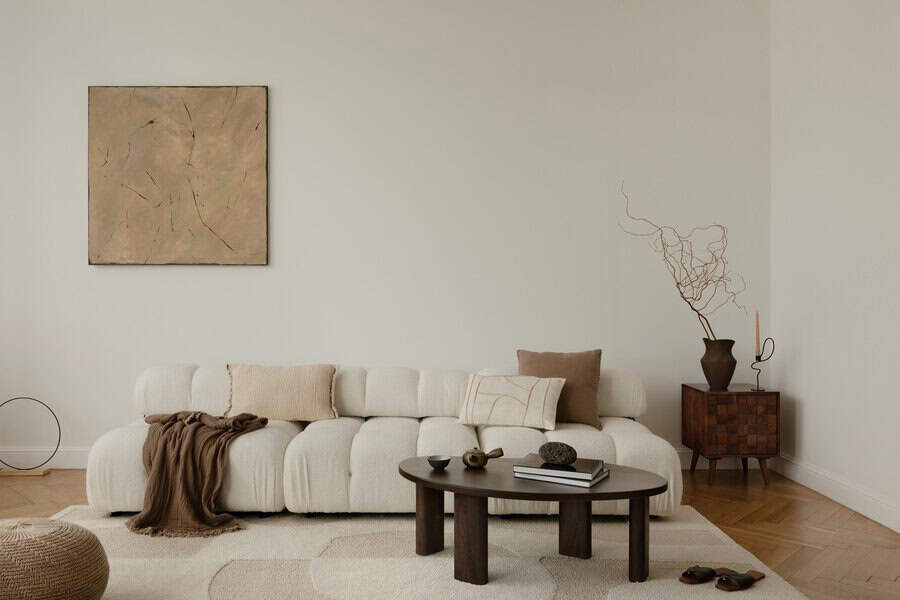
A cozy minimalist living room balances comfort and simplicity. Choose a neutral palette with one or two accent colors and select furniture that invites relaxation, such as a soft sofa. Layering textiles, like a plush rug, throw, or cushions, can add warmth to your living room. Remember to leave some space for a breathable feel.
3. Interior Design Tips
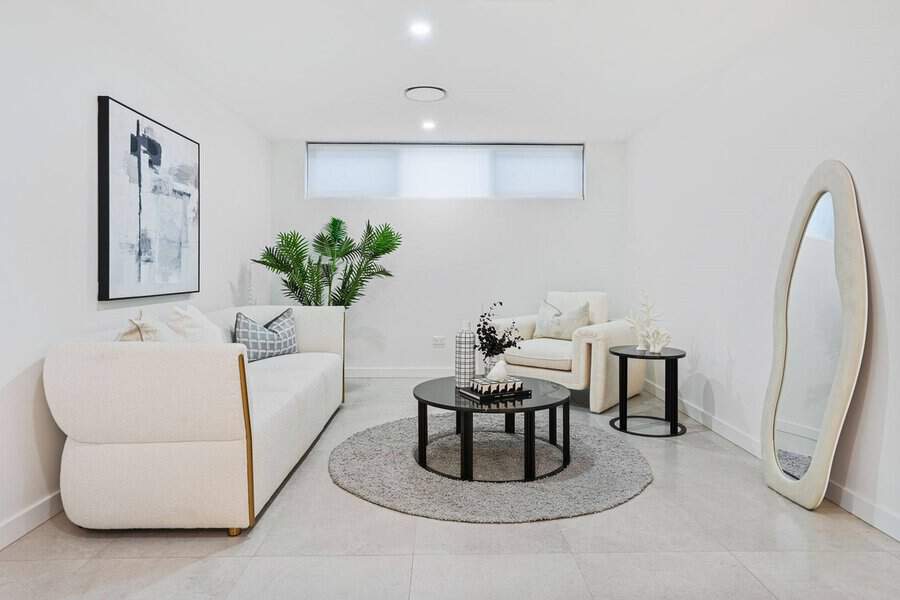
Focus on clean lines and geometric shapes in furniture and decor. Limit your materials to natural elements like wood, stone, and metal for a cohesive look. Aim for an open layout that encourages movement and conversation when arranging furniture. Choose one or two statement pieces rather than an array of decorations.
4. Simplify Your Decor
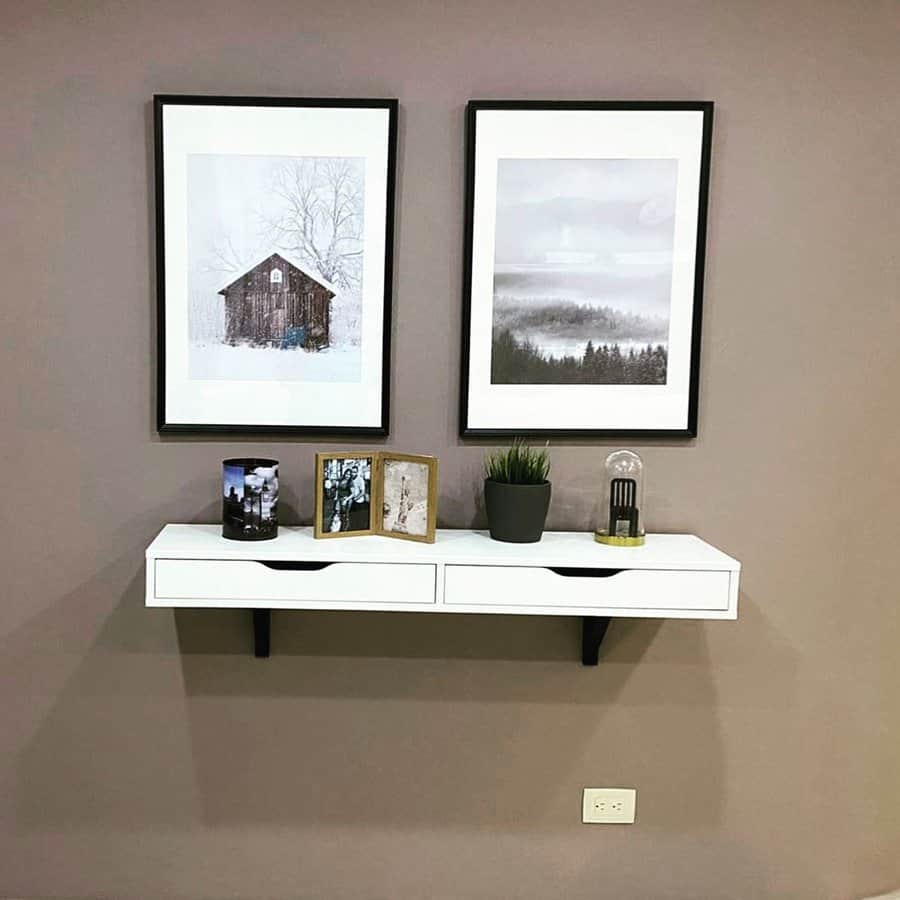

To achieve a clean look, reduce the number of decorative items on display. Choose meaningful pieces that resonate with you, such as a family heirloom or a favorite sculpture. When selecting decor, aim for quality over quantity.
5. Embrace Neutral Colors
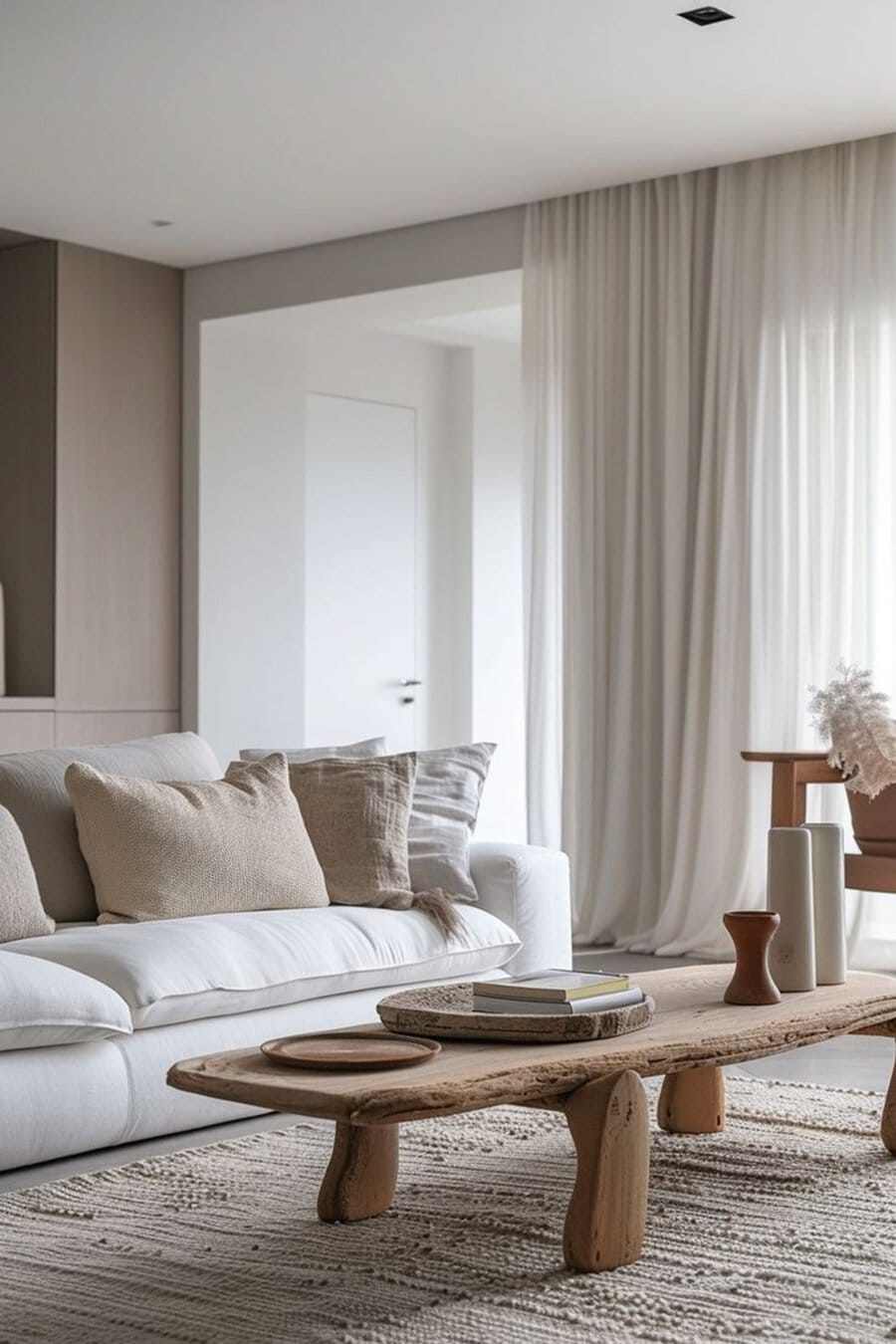
Neutral colors create a calm and cohesive environment. Shades like beige, gray, and white can make spaces feel larger and more inviting. Adding depth without introducing bold colors is possible — just use different textures. Soft, muted tones on walls can complement furniture while maintaining a unified look. Consider adding subtle color accents through textiles or artwork for a touch of personality.
6. Use Multifunctional Furniture to Save Space
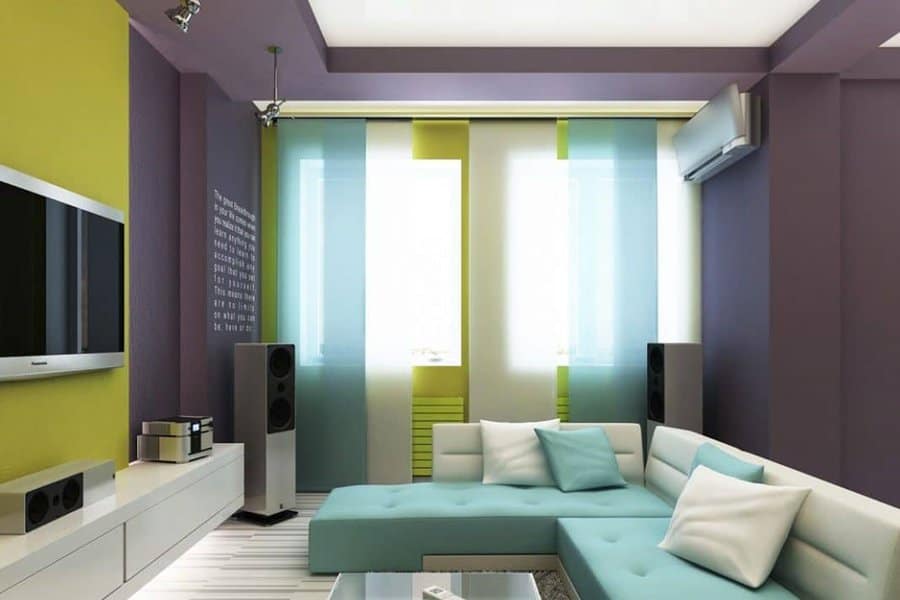
Investing in multifunctional furniture can drastically improve space efficiency. Look for items like ottomans with storage inside or coffee tables that convert into desks. A daybed can serve as both a seating area and a guest bed. This maximizes your space and reduces the need for extra furnishings, aligning with minimalist principles.
7. Keep Surfaces Clear to Reduce Visual Clutter
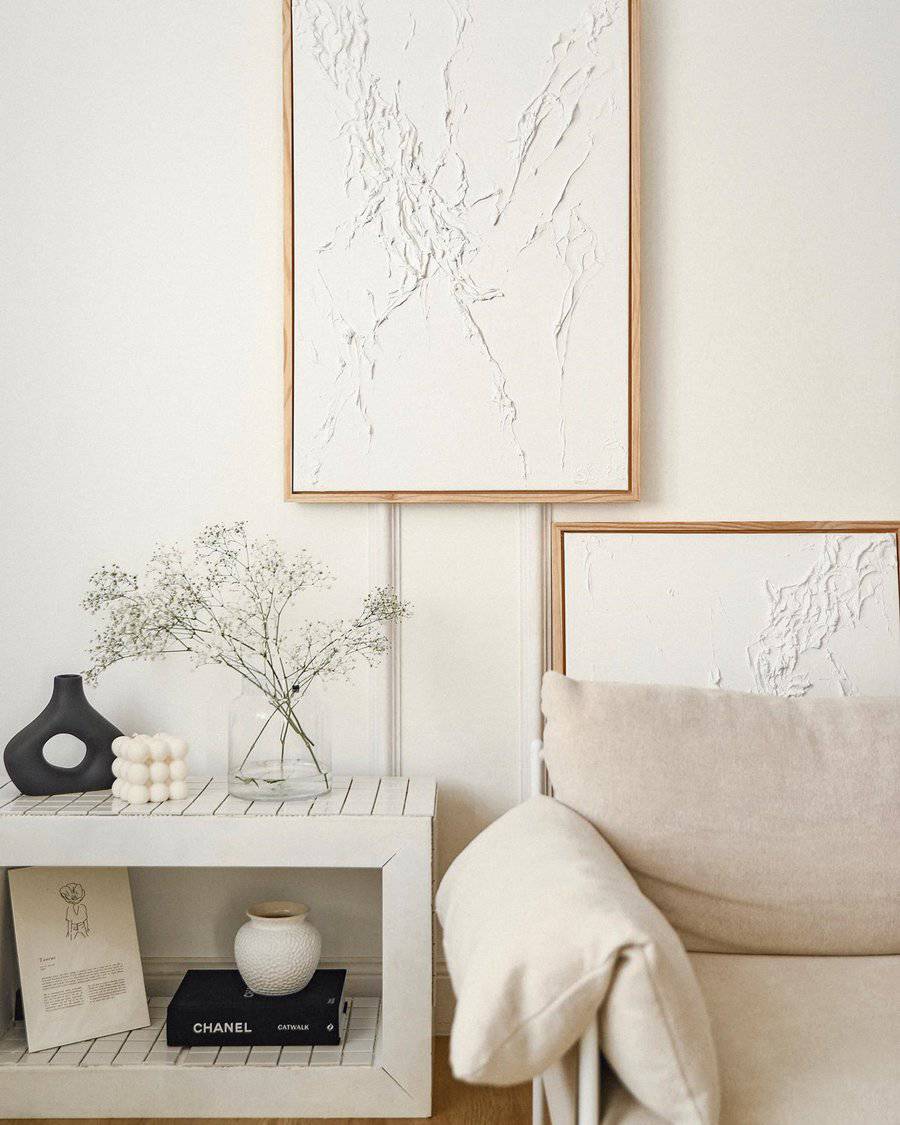
Limit decorative items to one or two per surface and utilize trays or bowls to organize smaller items. Regularly tidy up to ensure that counters, tables, and shelves remain free of excess clutter. This practice improves aesthetics and makes cleaning easier.
8. Incorporate Natural Light
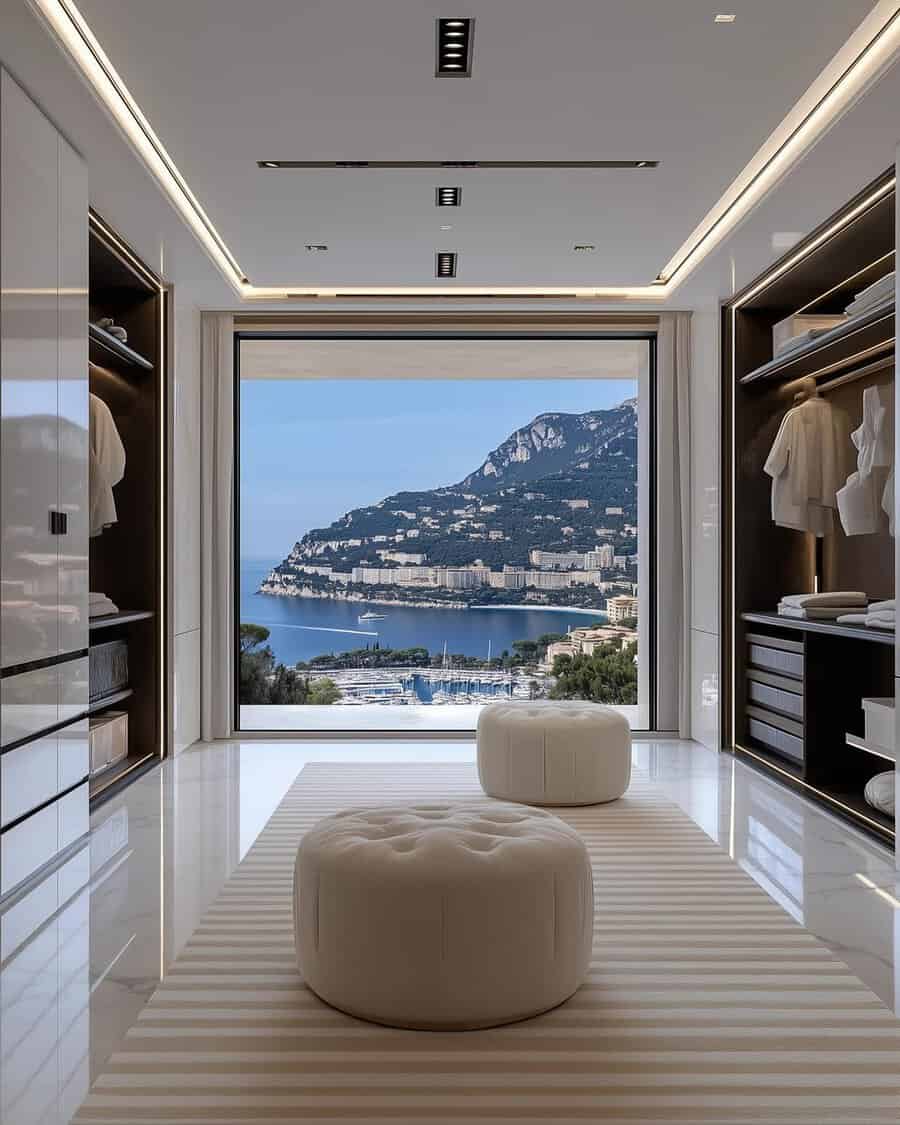
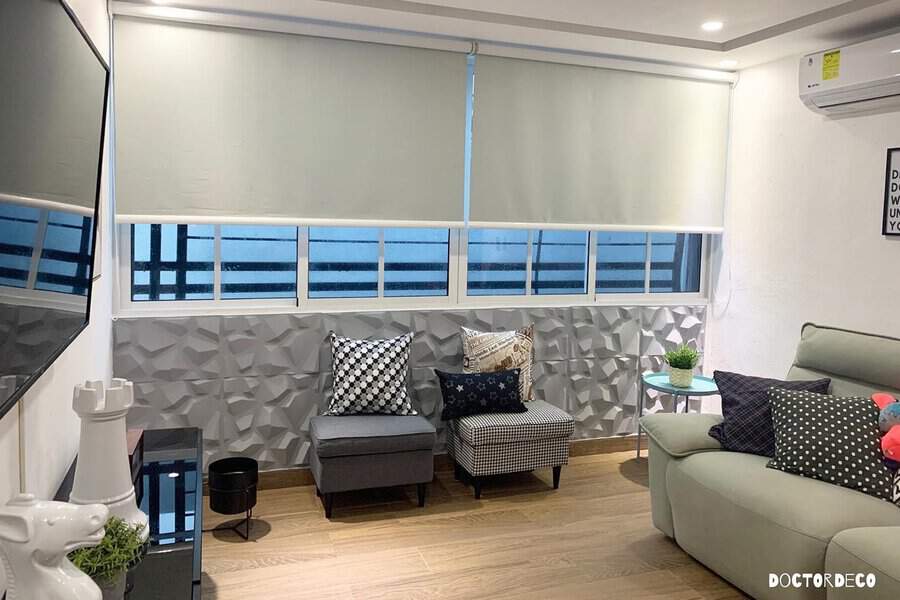
Natural light can transform your home into a welcoming retreat. Pick simple blinds or sheer curtains that allow sunlight to filter through while maintaining privacy. Consider keeping windows unobstructed by furniture to maximize light entry.
9. Design a Bedroom for Better Sleep
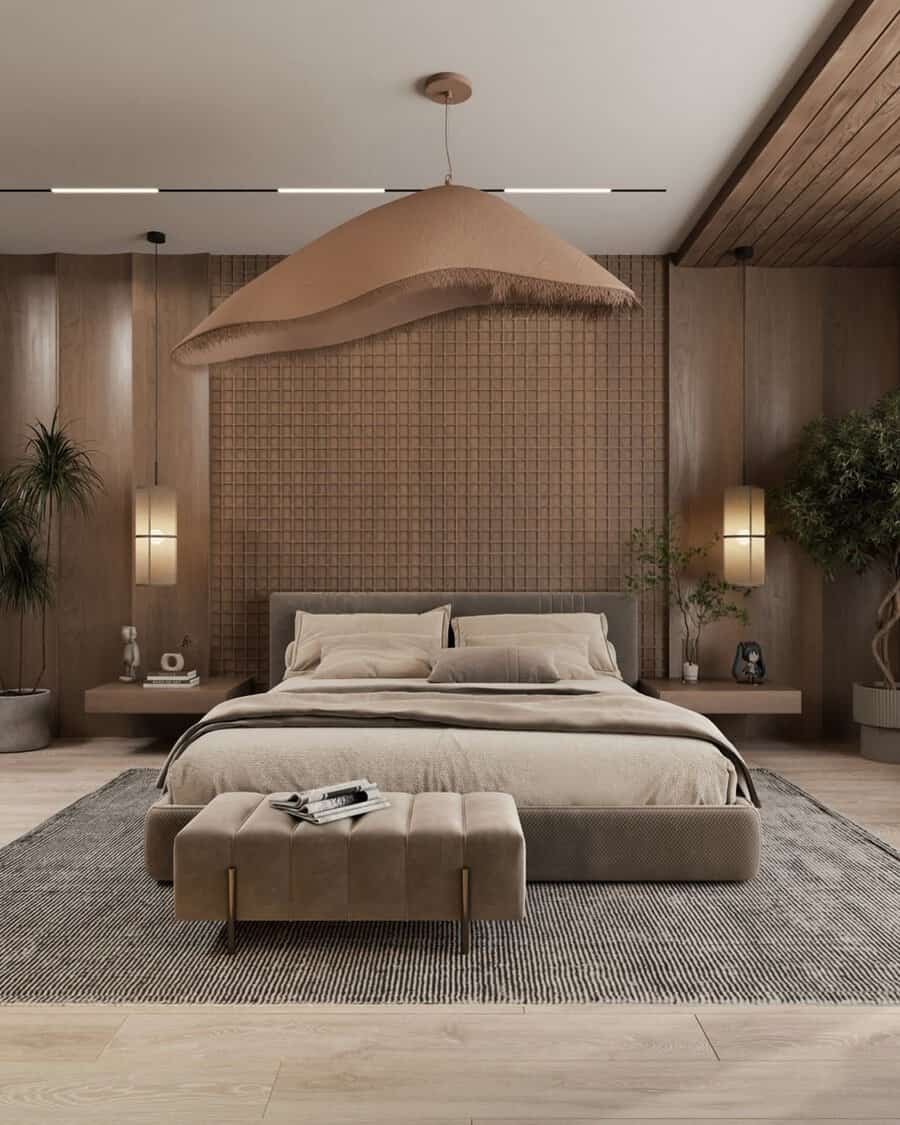
A minimalist bedroom promotes relaxation and restful sleep. Choose a simple bed frame and a comfortable mattress, prioritizing quality bedding in soft neutrals. Limit distractions by keeping electronics out of the room. Opt for minimal decor, such as a single piece of art or a small plant.
10. Streamline Your Kitchen with Essential Items Only
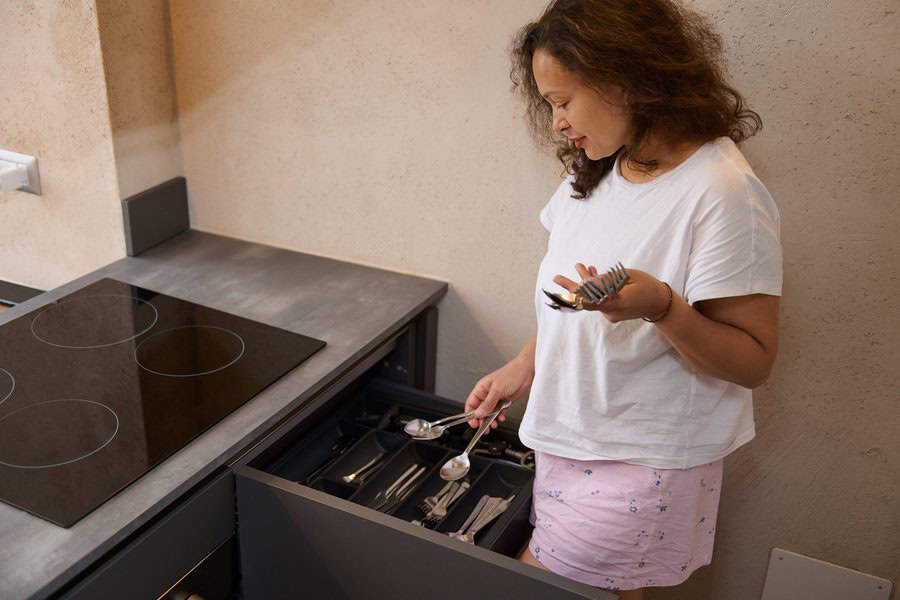
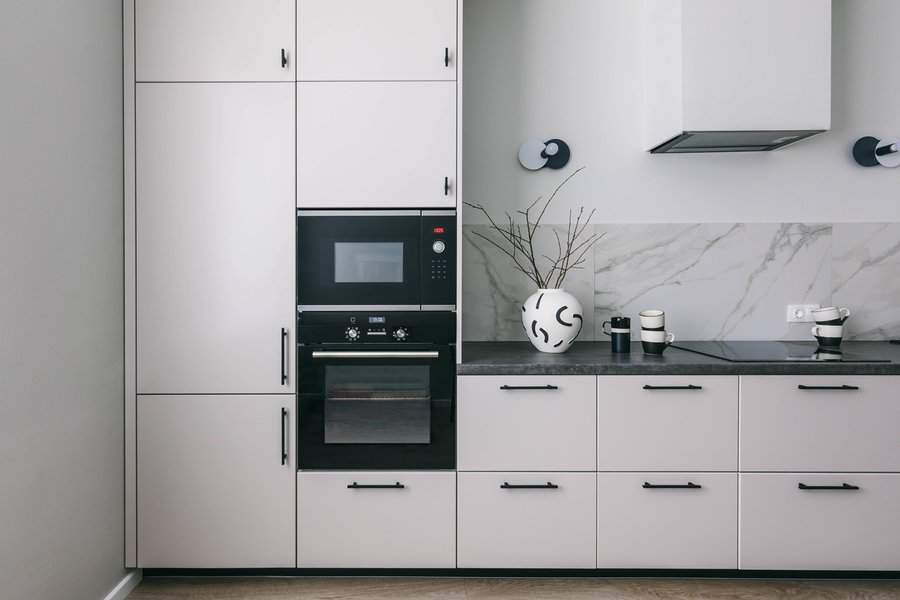
A streamlined kitchen should feature only essential cooking tools and utensils. Keep countertops clear by storing small appliances and gadgets in cabinets. Use a few well-chosen items that you use daily, such as a quality chef’s knife and cutting board. Consider grouping similar items together for efficiency, ensuring that everything has a designated place.
11. Utilize Built-In Storage Solutions
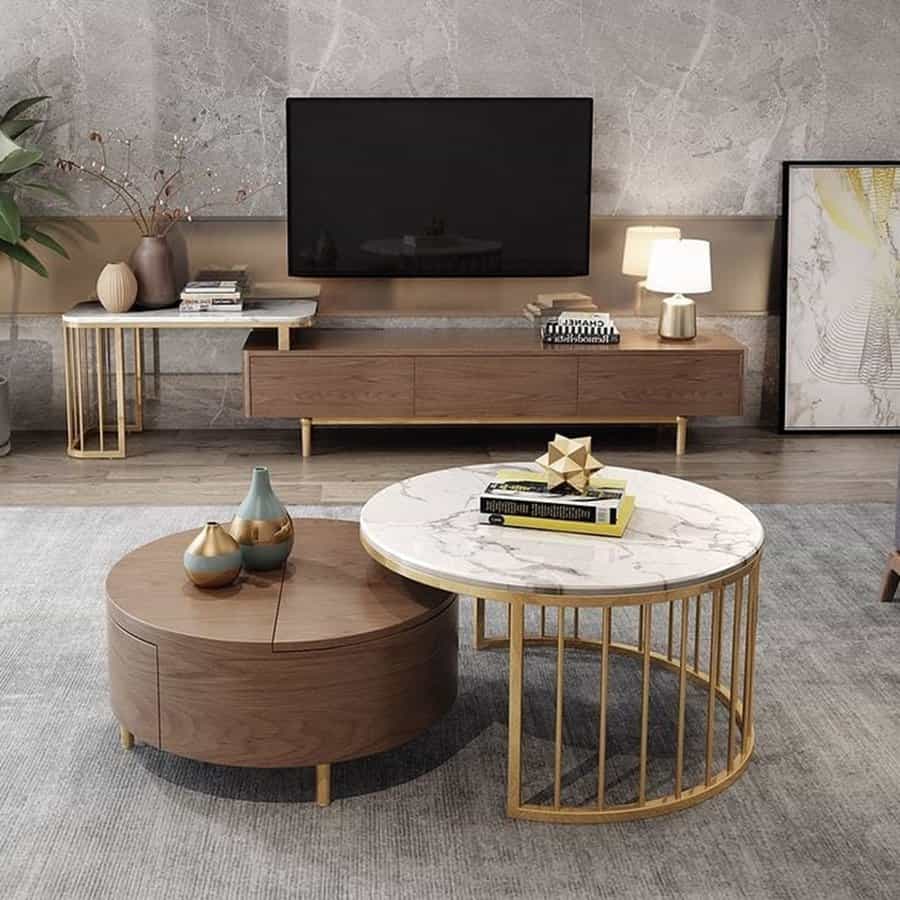
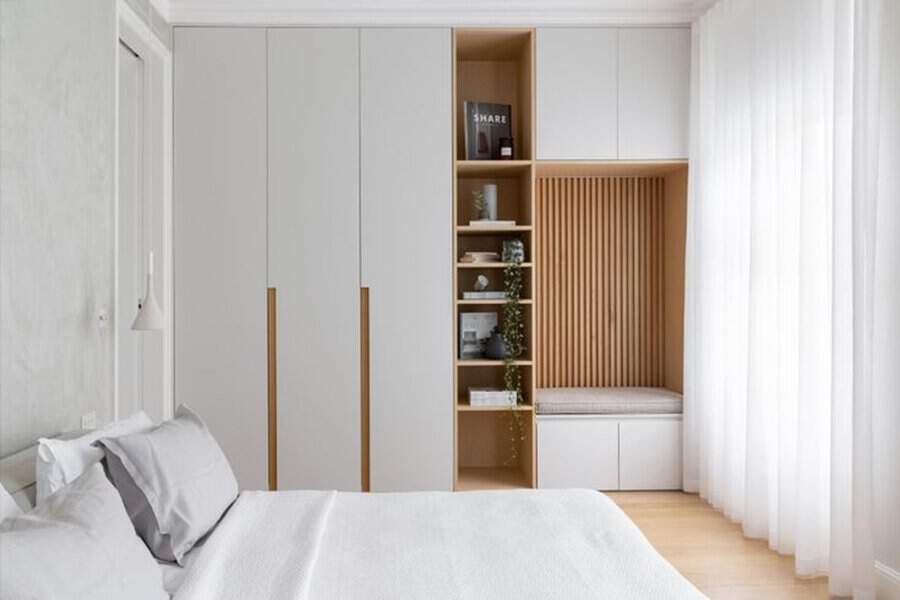
Built-in storage offers an effective way to maintain order in your home. Custom cabinetry can maximize space in areas like living rooms and kitchens, while bookshelves provide an attractive way to display items. Use alcoves and under-stair areas for additional storage. This approach helps reduce visible clutter while making the most of your available space.
12. Keep Your Entryway Simple and Functional
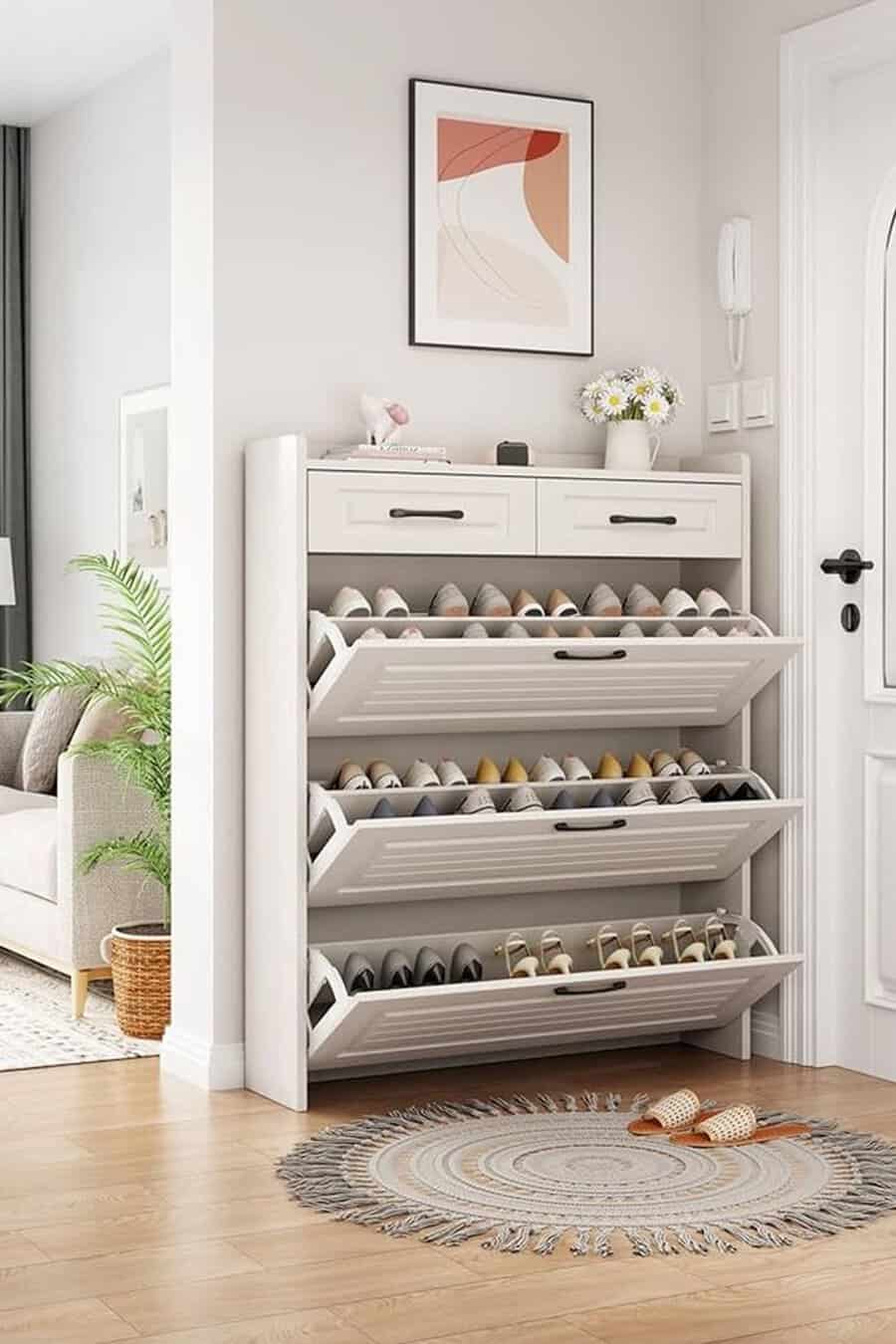
A minimalist entryway should be welcoming yet unobtrusive. Use a single console table to hold essentials like keys and mail. Consider a slim bench for seating, paired with a few hooks for coats. Avoid overcrowding the area with too many decorative pieces; a simple mirror can be very effective.
13. Add Greenery for a Touch of Nature
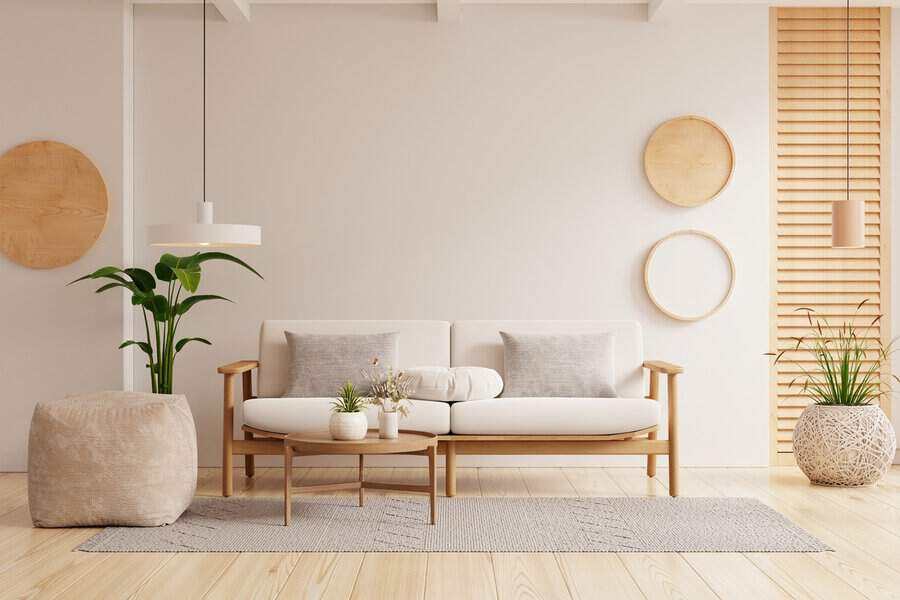
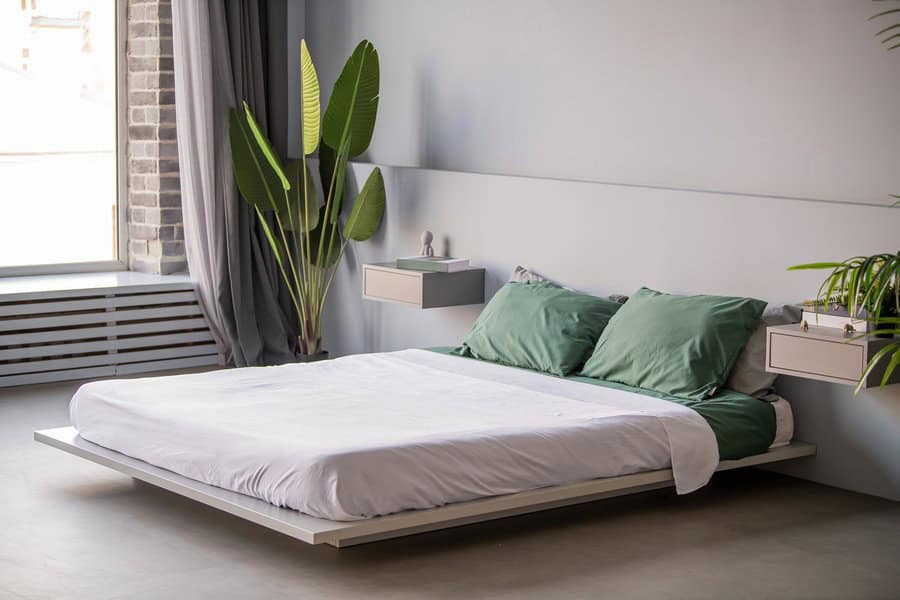
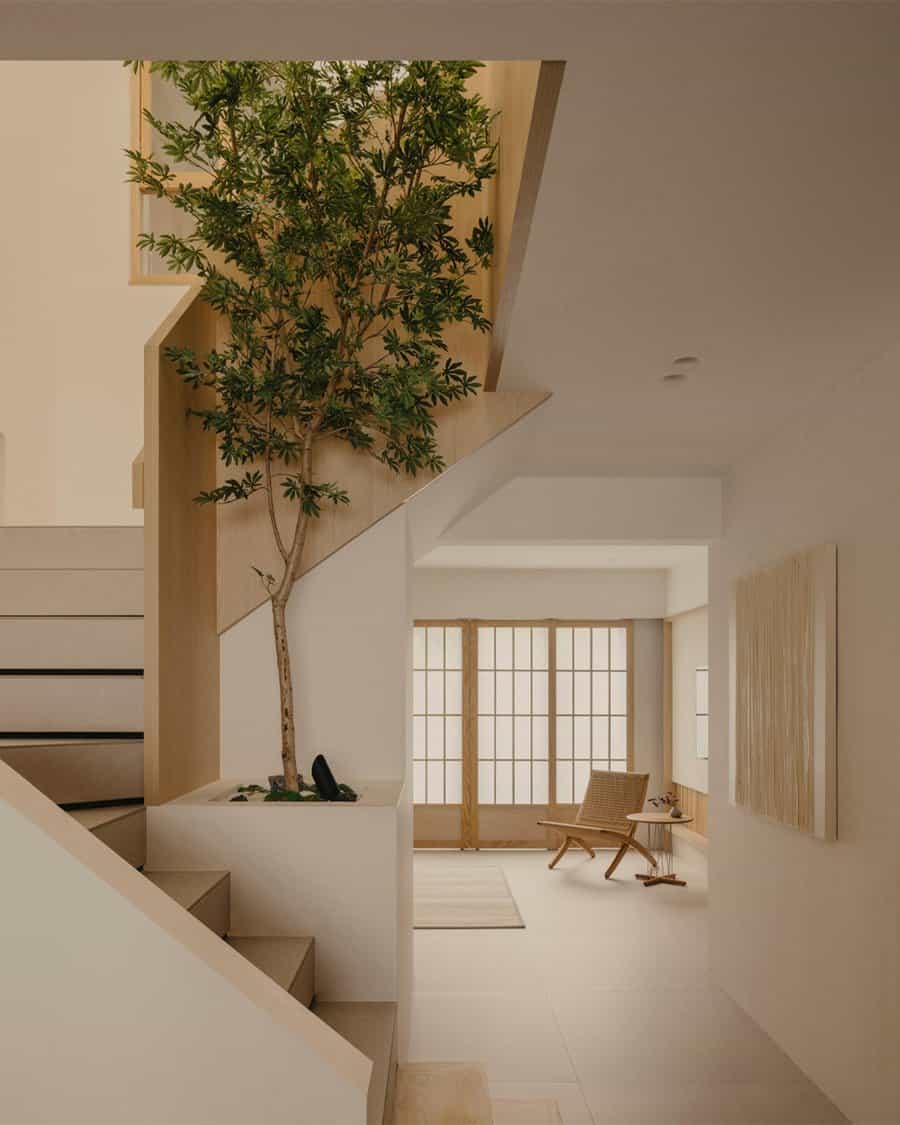
Plants bring life and vibrancy into a minimalist space. Choose low-maintenance varieties, such as succulents or snake plants, that require minimal care. Place them in simple pots that complement your decor. Strategically positioning plants near windows can improve air quality and create a calming atmosphere.
14. Focus on Functionality in Every Room
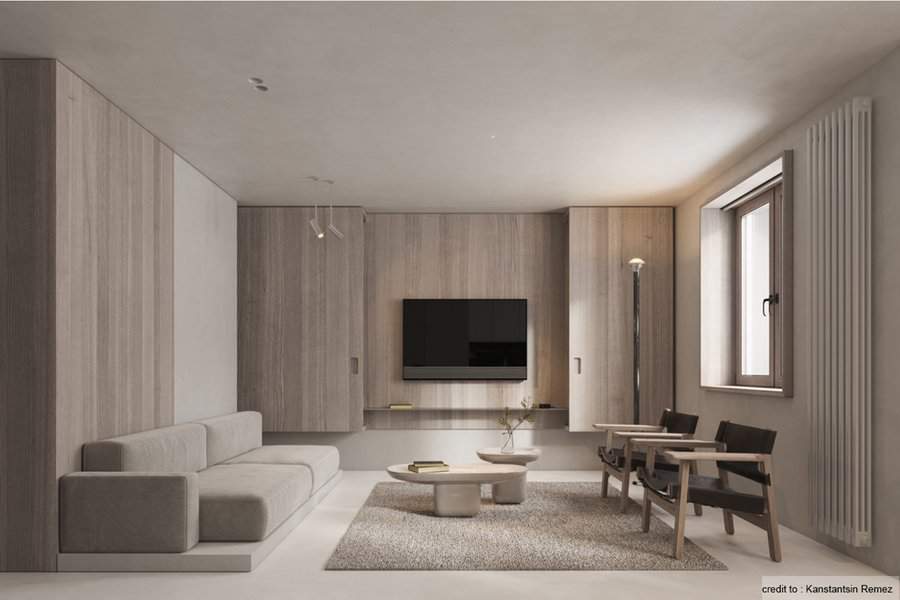
Each room should serve a clear purpose. Evaluate your current setup and consider removing items that don’t contribute to functionality. Arrange furniture to facilitate movement and accessibility, ensuring that essential items are easy to reach. Emphasizing functionality creates a harmonious living environment.
15. Create a Bathroom with Clean Lines
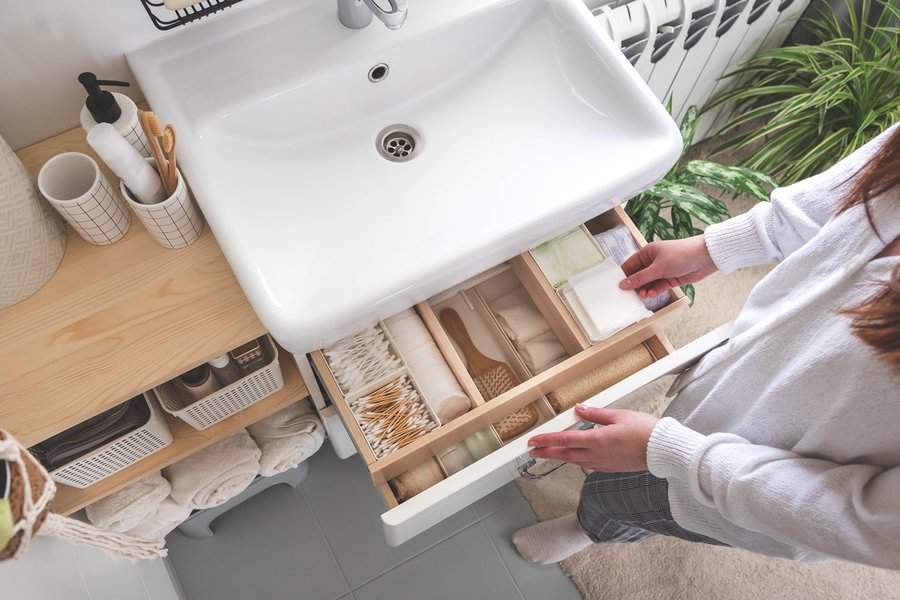
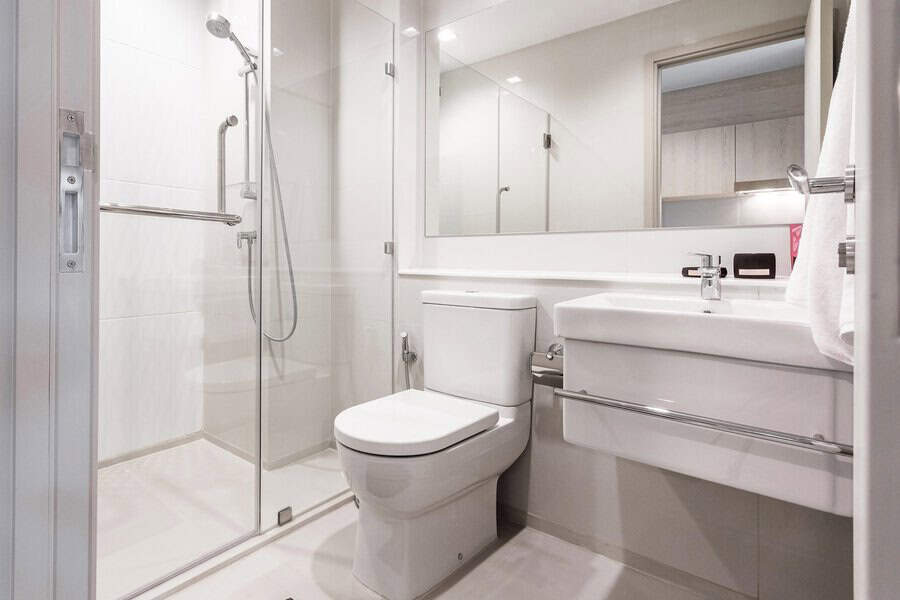
A minimalist bathroom should feature sleek, clean lines and a calming atmosphere. Choose simple fixtures that blend seamlessly with the overall design, such as a wall-mounted sink or a frameless shower. Limit decorative items and opt for storage solutions that keep essentials neatly tucked away. Light-colored tiles can help create a sense of spaciousness.
16. Use Mirrors
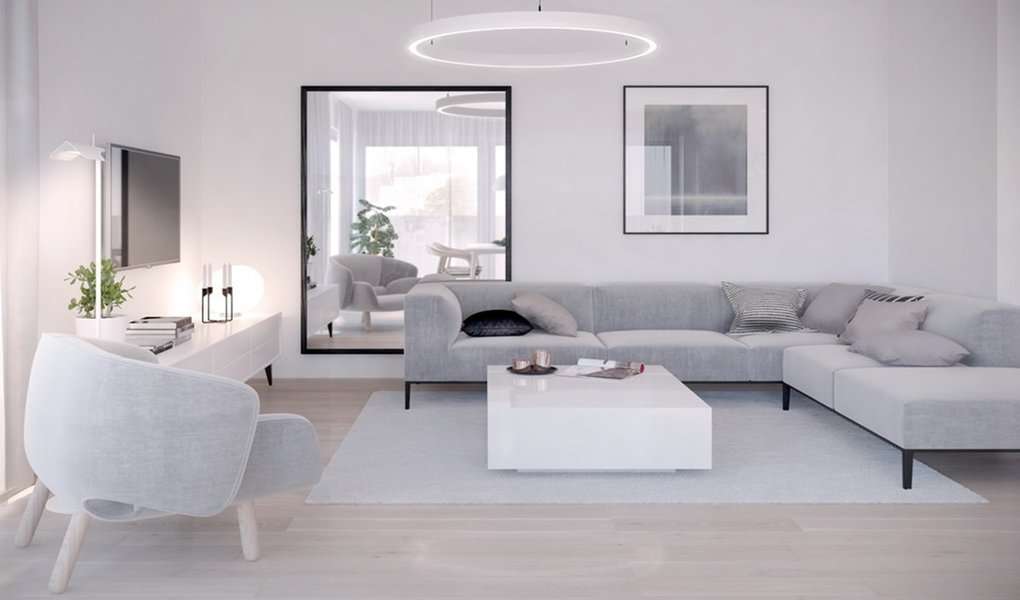
Select large mirrors to create an illusion of more space, especially in smaller areas. Position mirrors opposite windows to maximize natural light reflection. Keep the frame simple to maintain a cohesive look and ensure the mirror serves as a focal point.
17. Limit Wall Art to a Few Key Pieces
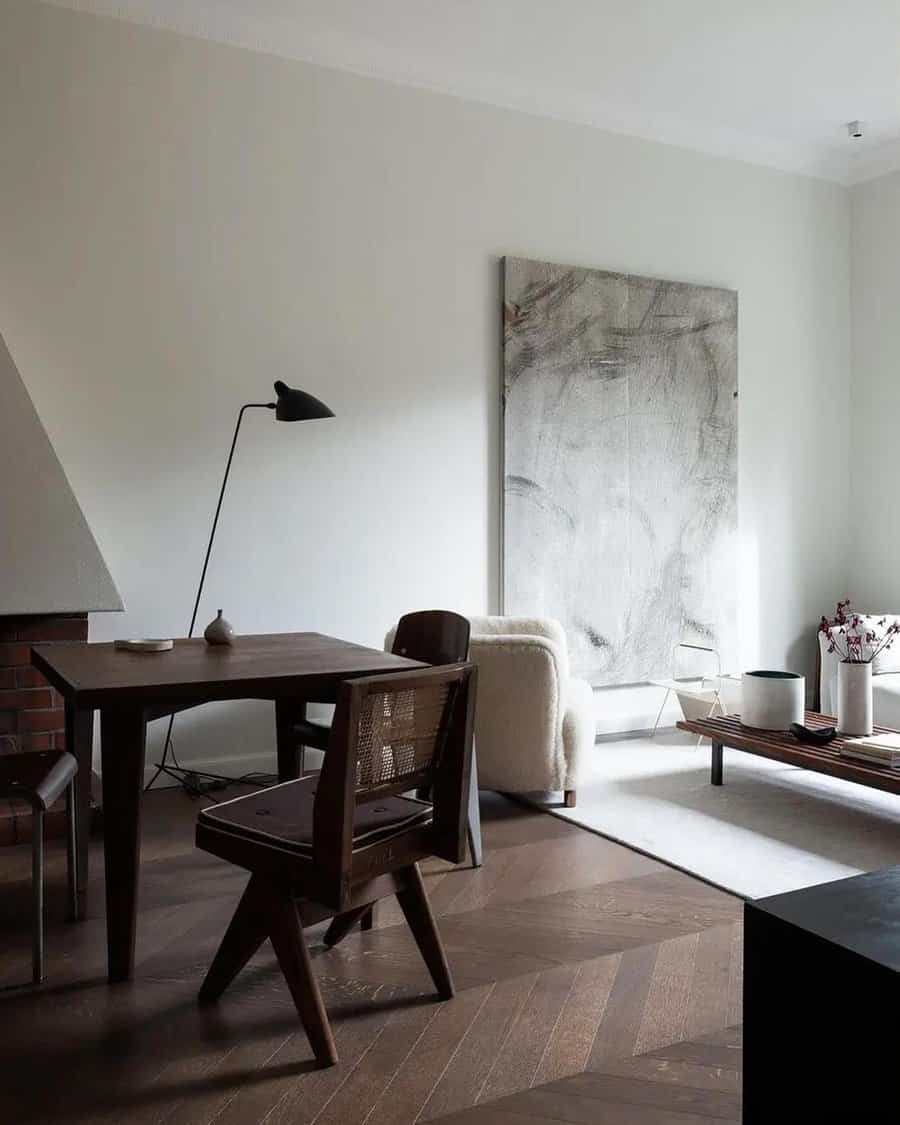
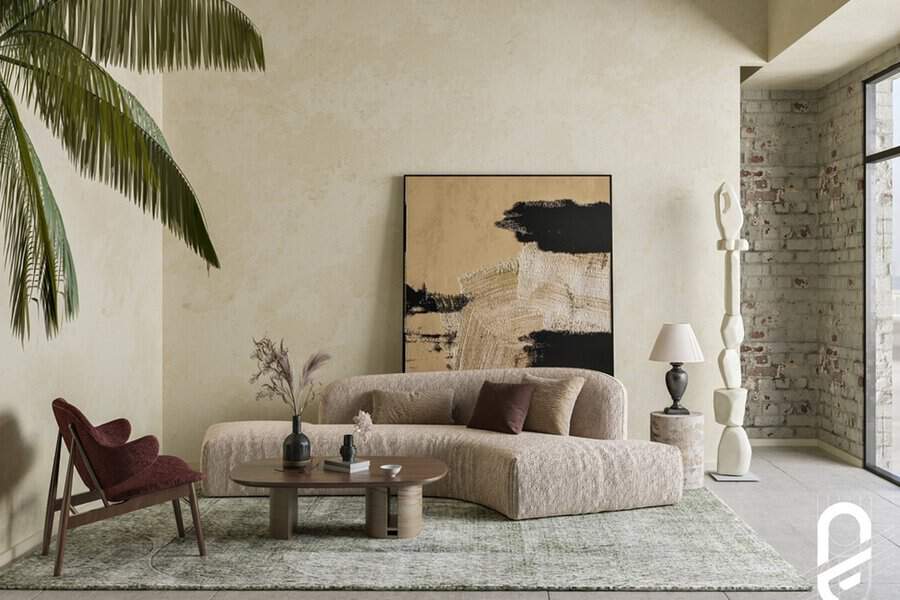
Select a small number of impactful wall art pieces that resonate with your style. A large canvas or a framed photograph are great examples. Hang pieces at eye level for optimal visibility. Avoid overcrowding walls with too many items; a well-placed piece can be a conversation starter.
18. Keep Your Home Office Tidy and Distraction-Free
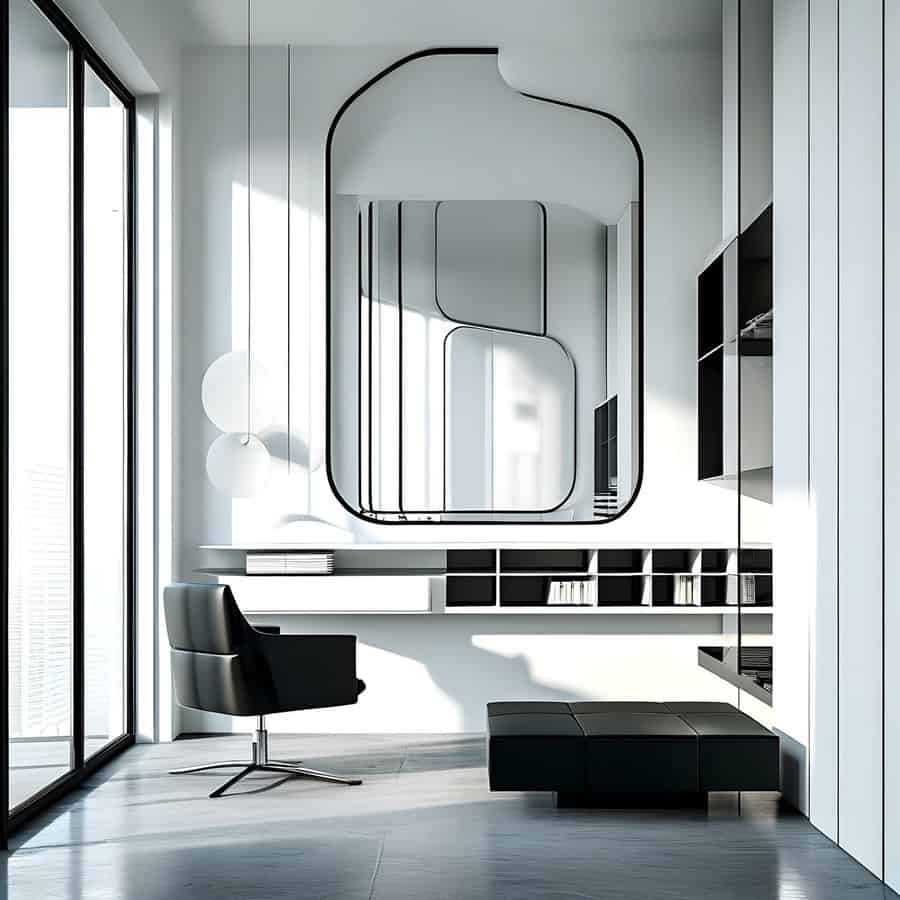
A tidy home office contributes to productivity. Limit desk clutter by keeping only essential items within reach. Use drawer organizers to store office supplies out of sight. Consider adding a plant or two for a refreshing touch while ensuring the workspace remains functional and free of distractions.
19. Keep Your Color Palette Simple and Cohesive
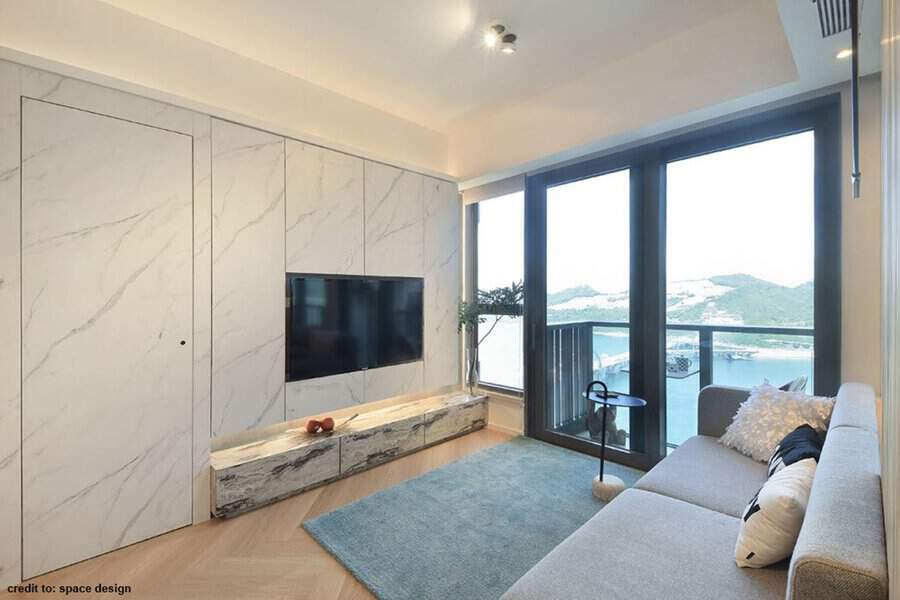
A simple color palette creates a harmonious environment. Stick to two or three main colors that complement each other. Consider using varying shades of these colors to add depth while maintaining cohesion.
20. Create Open Spaces for Easy Movement and Flow
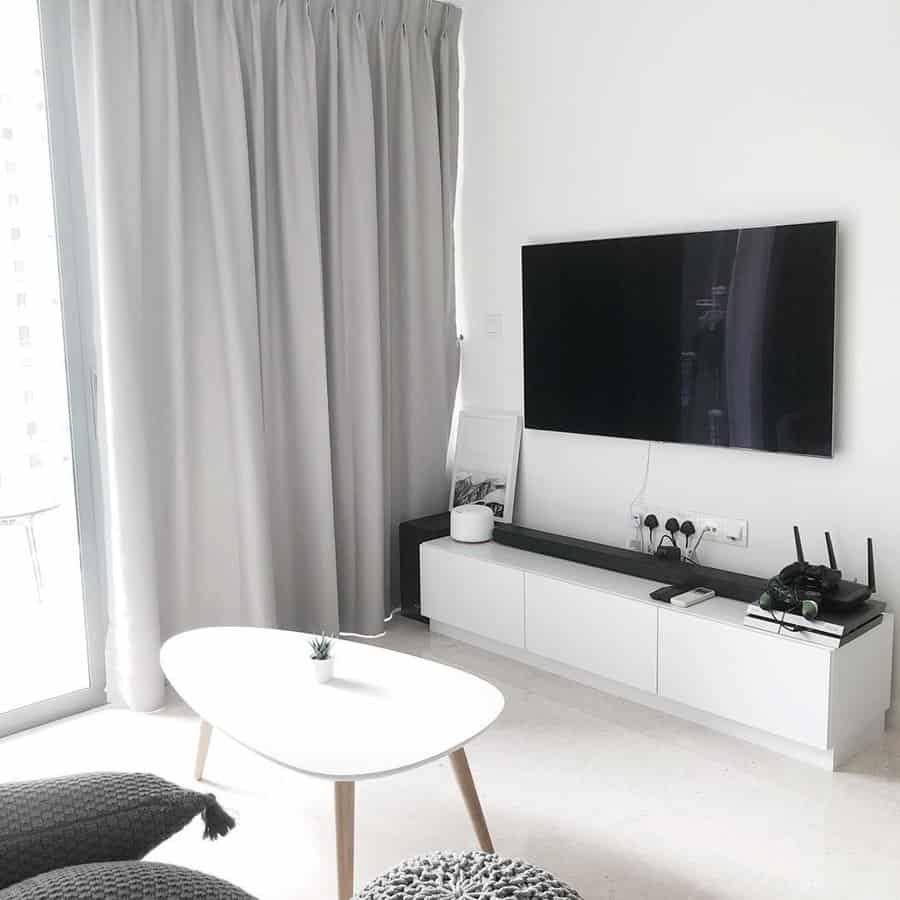
Open spaces encourage movement and a sense of freedom in your home. Avoid overcrowding rooms with furniture, leaving enough space for comfortable navigation. Arrange seating and furniture in a way that promotes conversation while maintaining flow. This can also visually expand the space.
